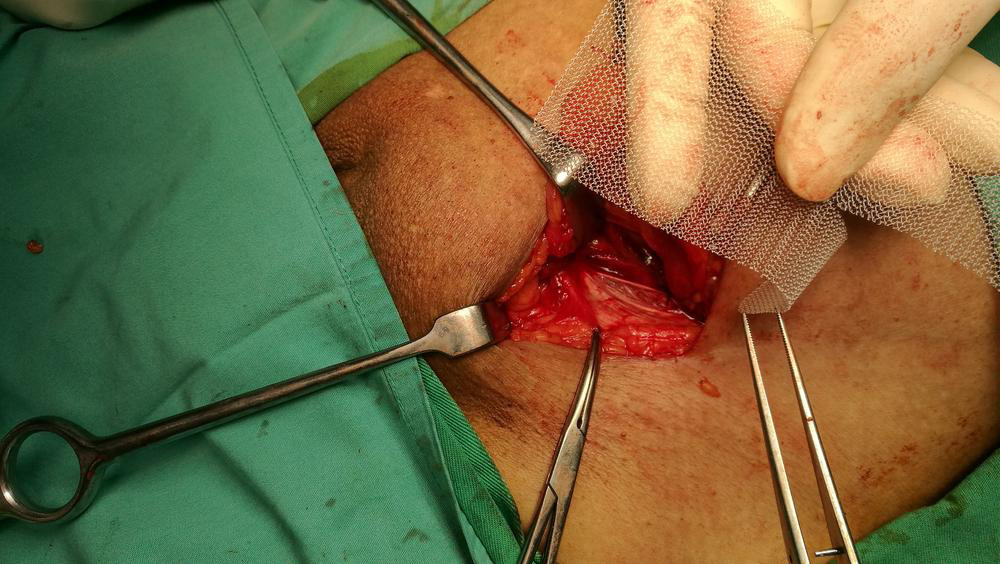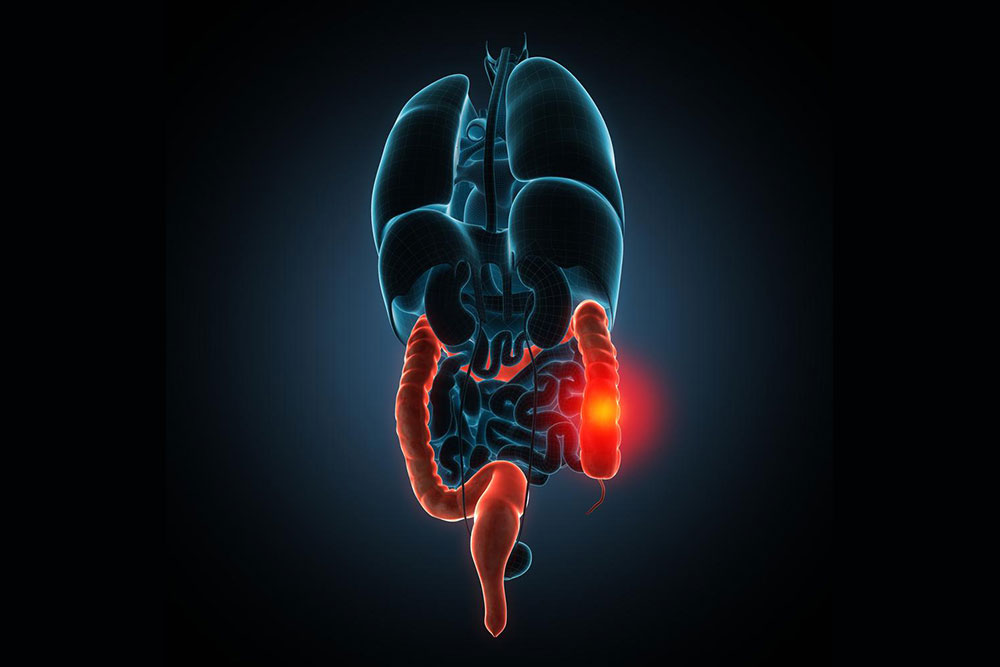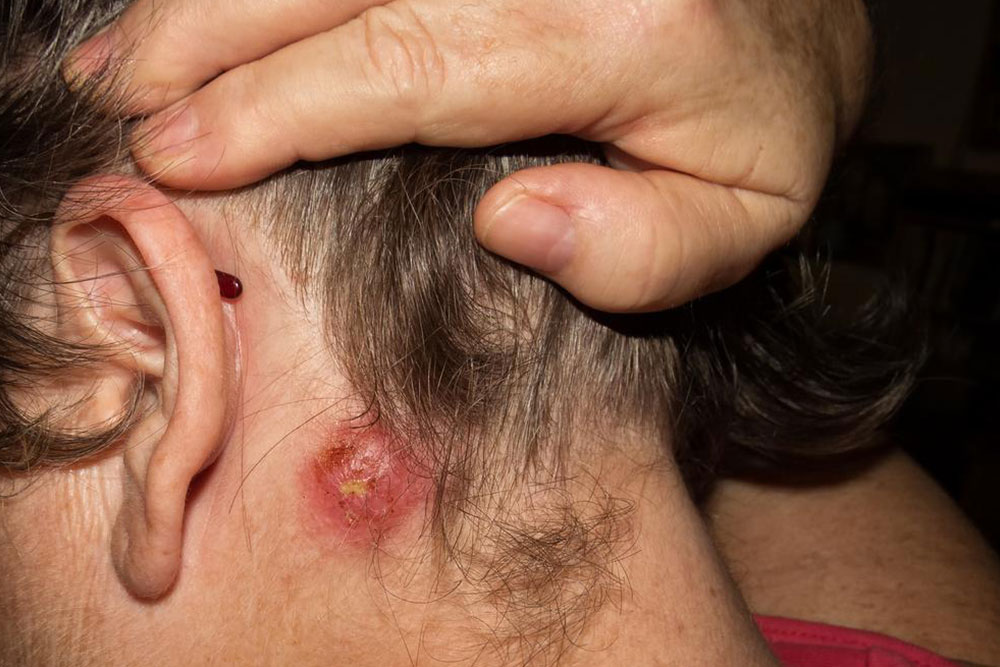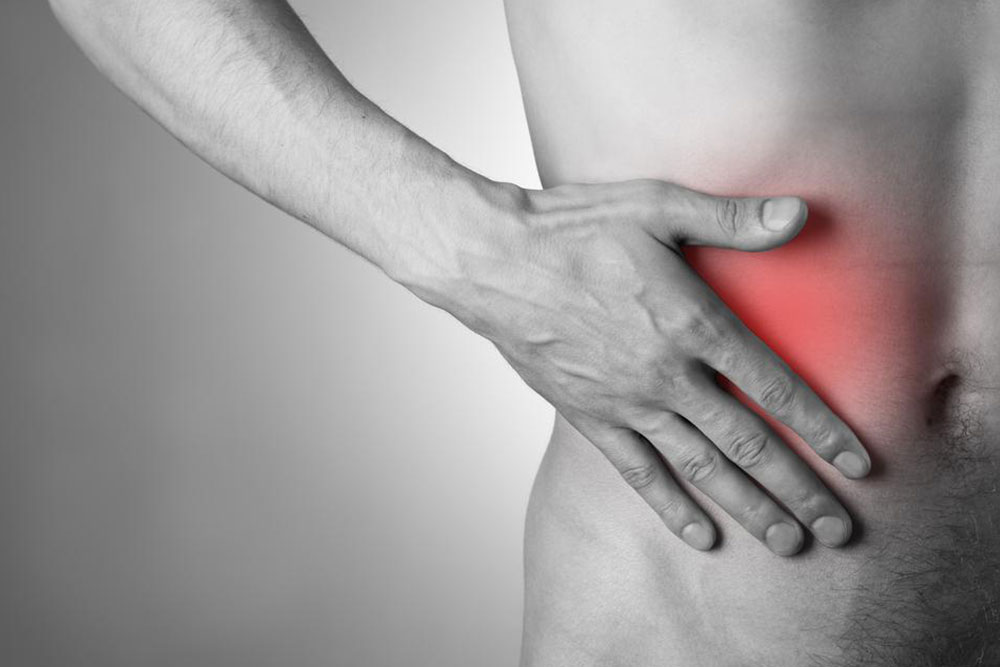Recognizing Signs of Abdominal Aortic Aneurysm: 5 Key Symptoms
This article details the critical signs of abdominal aortic aneurysm, emphasizing early symptoms such as abdominal pain, pulsating sensation, and back discomfort. Recognizing these indicators promptly can aid in seeking urgent medical care, reducing risks of rupture and life-threatening complications.

Recognizing Signs of Abdominal Aortic Aneurysm: 5 Key Symptoms
The aorta, the body's largest artery, is vital for delivering blood from the heart to the rest of the body. Despite its strength, it can sometimes develop a bulge known as an aortic aneurysm, which is an abnormal dilation that exceeds 1.5 times its normal diameter. This enlarging vessel may lead to internal bleeding if it ruptures, posing serious health risks including organ damage, stroke, or even death.
An abdominal aortic aneurysm often develops gradually, producing minimal or no symptoms initially.
Common indicators of an abdominal aortic aneurysm include a dull ache or throbbing discomfort in the abdomen. If left untreated, these symptoms can intensify, leading to severe health issues. Recognizing these early signs is crucial for prompt medical intervention.
Let’s explore these symptoms in detail:
Abdominal pain: The most typical symptom involves a persistent, deep-seated pain in the abdomen, often between the navel and chest. This pain does not subside with rest or change of position and can be intense enough to cause someone to double over.
Pulsating abdominal sensation: Patients might feel a rhythmic pulsation akin to a heartbeat within their abdomen, which can be felt through the skin. This sensation might be tender to touch and pressure.
Lower back discomfort: The pain or pulsation may radiate to the lower back due to the proximity of the aorta to the spine. Pain might also be experienced in the groin, pelvis, or legs.
Signs of shock: Internal bleeding from an aneurysm rupture may trigger shock, characterized by rapid heartbeat, cold sweat, shallow breathing, confusion, anxiety, and fainting.
Low blood pressure and dizziness: Bleeding can reduce blood pressure, leading to dizziness, nausea, blurred vision, and weakness, especially when standing for long periods.
These symptoms demand immediate medical evaluation. An aneurysm rupture can escalate rapidly, causing life-threatening internal bleeding, making quick intervention vital.










